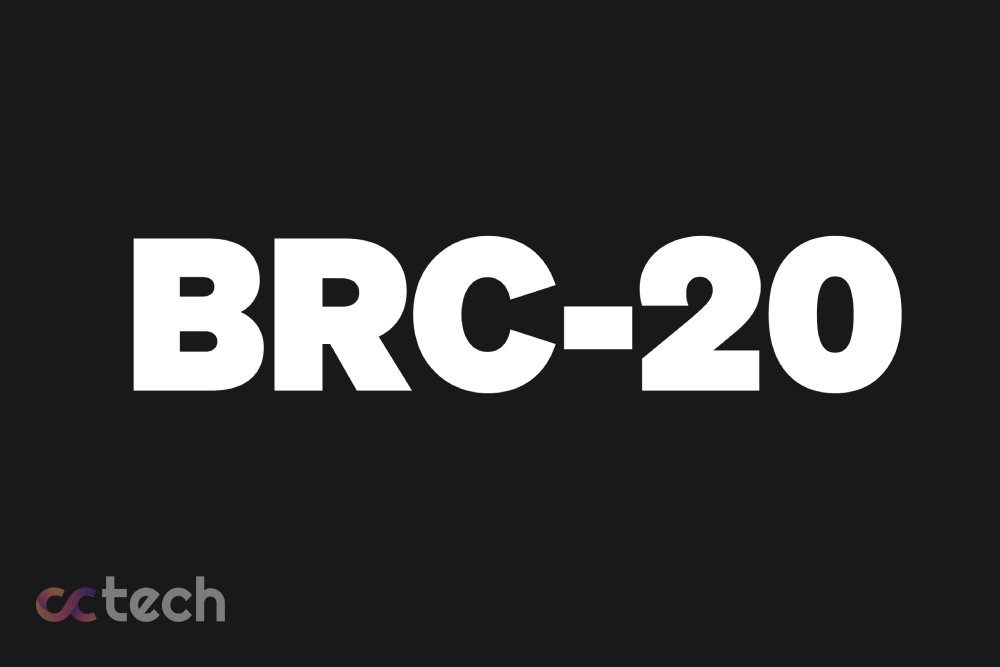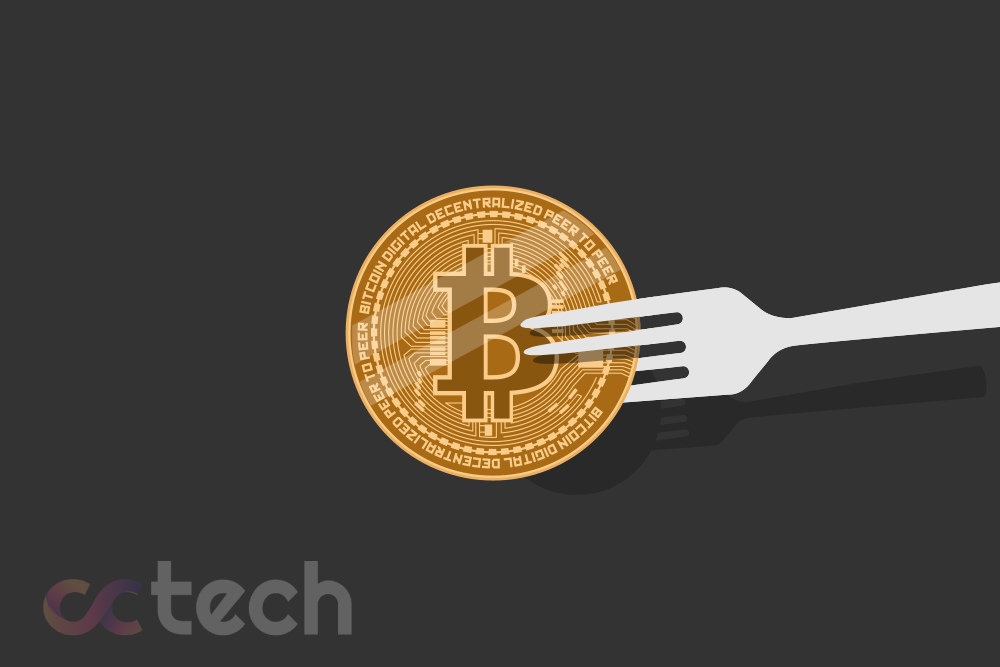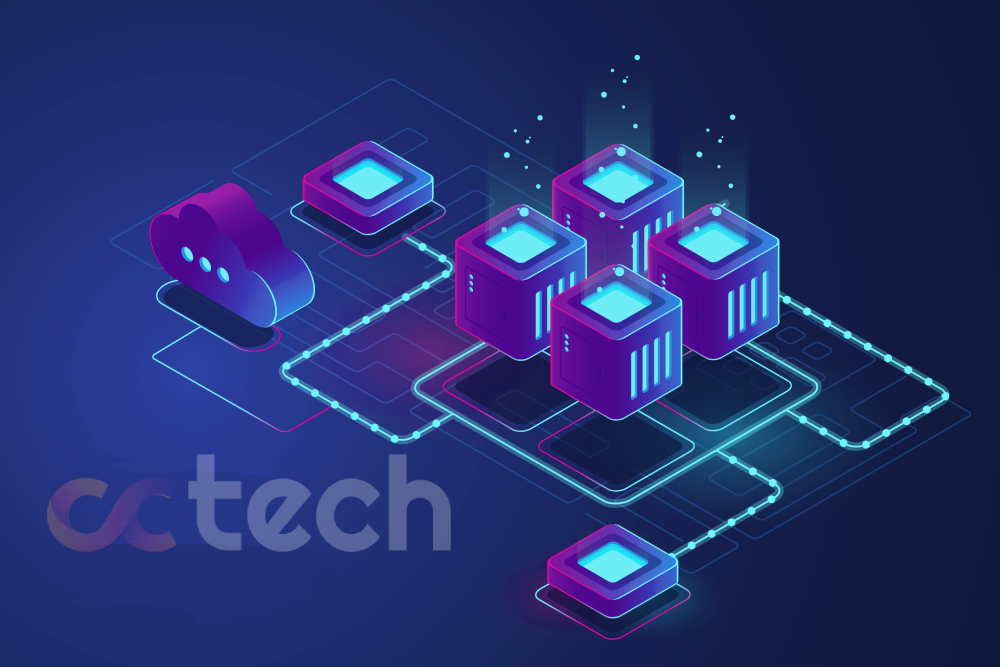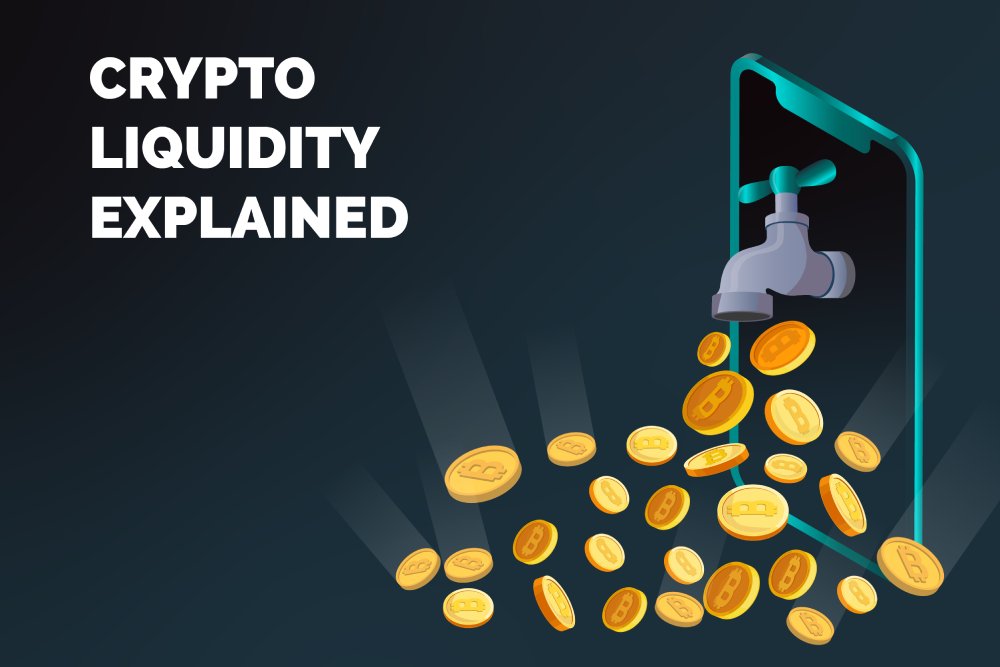
Filecoin is a decentralized peer-to-peer (P2P) digital storage marketplace using blockchain technology. It is based on the InterPlanetary File System (IPFS) and allows users to rent out unused hard drive space, for a fee in the form of FIL tokens. Let’s look at how Filecoin plans to transform the field of online storage.
Introduction
Filecoin offers an attractive alternative to Amazon S3, DropBox, and traditional cloud storage services. With the right infrastructure in place, anyone can buy and sell storage space on the Filecoin network, contracting for their own prices. Let’s figure out how that works.
What is Filecoin (FIL)?
Filecoin is a decentralized storage network that allows any user to rent as well as buy storage space on the network. Instead of trusting data to one company, it can be shared and stored on different computers around the world.
Filecoin was first introduced in 2014 when Juan Benet released a white paper, “Filecoin: A Cryptocurrency Network for File Storage.” The proposal is a blockchain network similar to Bitcoin, but in which network nodes can store data under the guarantee of a POR (proof of retrievability) component. Filecoin was developed by Protocol Labs.
Filecoin is sometimes referred to as an incentive layer on top of IPFS. This means that users rent out their storage, getting paid in FIL tokens.
So, can Filecoin be used to send New Year’s Eve photos to Mars and Venus? Not yet. IPFS is a peer-to-peer storage and retrieval protocol that uses a decentralized approach. Unlike HTTP or HTTPS, it does not rely on centralized servers to store data.
In 2017, Filecoin managed to raise more than $250 million in an ICO, which was a record for the time. The main Filecoin network was launched in October 2020.
How Filecoin (FIL) works
The Filecoin infrastructure is a distributed peer-to-peer (P2P) network whose main purpose is to provide organizations and users around the world with a new way to store data.
By owning storage space, a user can become a storage miner and be responsible for storing data on the Filecoin network. Customers pay with FIL tokens for both storing and receiving data.
Data retrieval miners are also involved in the process. They facilitate the process of data retrieval by customers and also receive FIL tokens for their work.
Filecoin uses end-to-end encryption, and storage providers have no access to the decryption keys. Because it’s a distributed system, files are stored in different locations.
So, what are Filecoin’s advantages over its centralized competitors? Filecoin offers a peer-to-peer cloud storage solution for companies and consumers. Since the same product (storage) is offered by different vendors and often at different prices, the consumer can end up finding the best deal. Sometimes you may not have enough storage, sometimes you have too much. However, it is possible to sell the excess. That is exactly what Filecoin allows you to do.
The importance of Filecoin (FIL)
Over the past few decades, the way data is stored and accessed has changed dramatically. Many companies have moved from local storage with large server rooms to remote storage, as well as diversified cloud storage around the world. Businesses are now more likely to use a combination of both solutions. Consumer data storage has changed in a similar way – toward the use of the cloud.
This has led to the emergence of cloud storage giants such as AWS, HPE and Dell. Business customers usually choose one provider and stay with it for years, which prevents competition. Filecoin makes it easy for customers looking to buy storage to find the best deals regardless of who the provider is. This is likely to help create a more competitive cloud storage market.
Examples of Using Filecoin (FIL)
Filecoin allows consumers to choose the best storage option instead of entering into costly contracts with on-demand storage providers. Organizations and individuals who have unused storage space can rent it out and be rewarded in FIL tokens.
You can also create your own DApps for storage! These include storage apps, DeFi apps, decentralized video apps, and more.
How to store Filecoin (FIL)
Whether you’re spending, earning FIL on the Filecoin network for storage, or just trading your tokens, you need somewhere to store them.
Filecoin recommends three wallets for FIL. The first is Lotus, which can be used to run Filecoin Nodes and connect to Ledger. As an alternative to Lotus, we recommend considering the Glif wallet, a web-based wallet that can also be connected to Ledger. A third option is Filfox Wallet, a web wallet in which tokens can be stored.
Conclusion
Filecoin is a solution to the problem of inefficient file storage and retrieval. It also allows the customer to control their data and be less dependent on big-business contracts.
With a functioning core network and an effective set of tools, Filecoin has already entered the market. The success of the Filecoin ecosystem will depend on its prevalence in the cryptocurrency community and whether it can attract new people to the Web 3.0 world.









